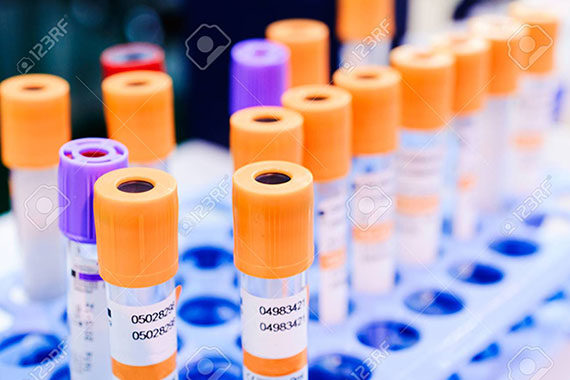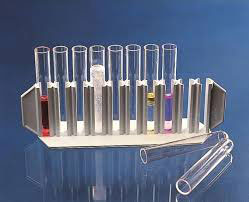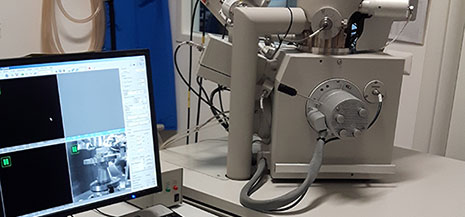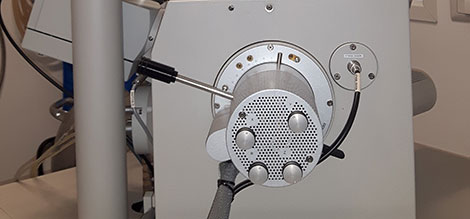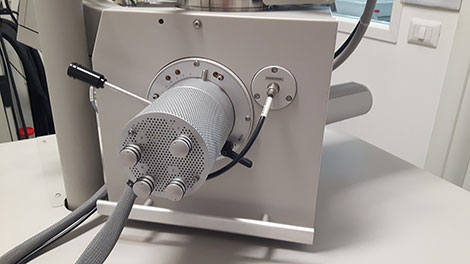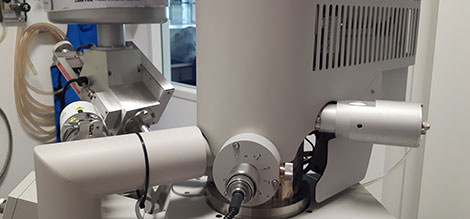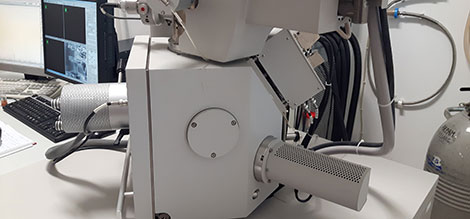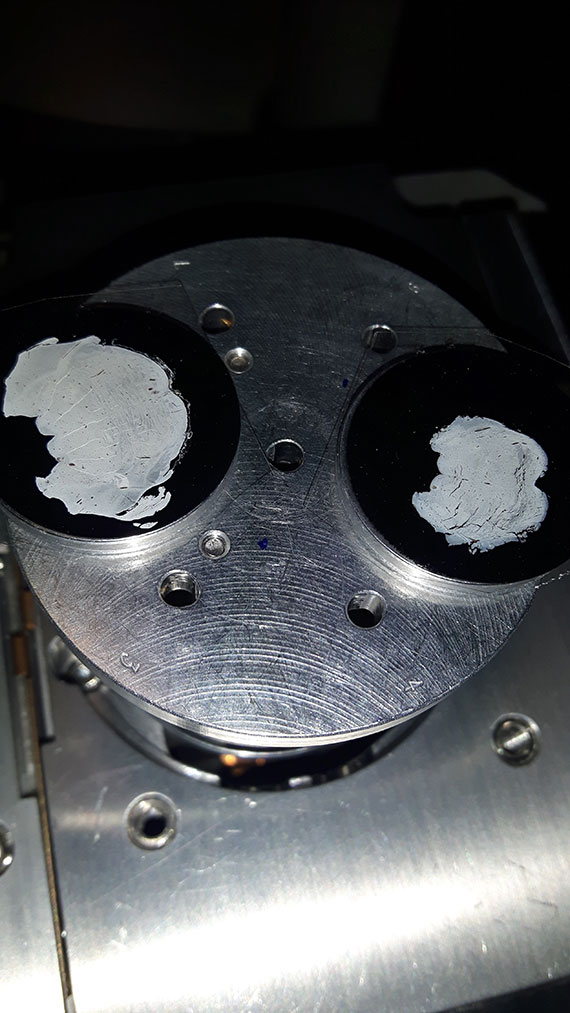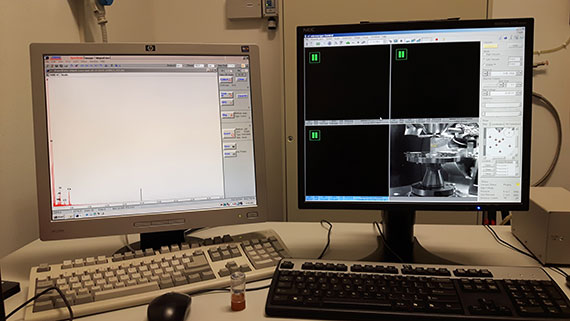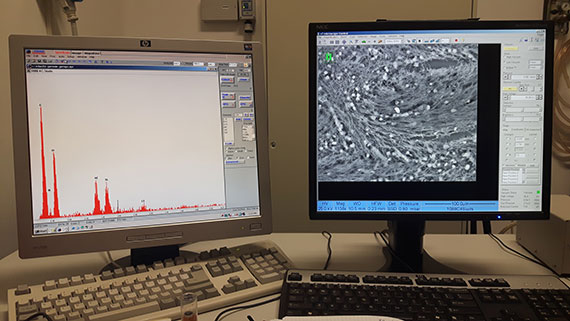The biological activity of a tissue in contact with a foreign body depends both on the tissue itself, on the chemistry, on the kind and size of the surface, on the shape and on the size of the foreign body.Therefore, defining a material"biocompatible" can be inaccurate, since, in the vast majority of cases, this definition takes into account its chemistry and, to a lesser extent, its surface, but very rarely the form that that particular material takes when it is transformed into an implantable device or, in any case, into something that comes in touch with a living tissue, and even more rarely its size.To be biocompatible, a foreign body that is put in contact with a biological tissue must induce a specific protein absorption from the extracellular matrix.There are many cellular processes which are triggered by the type of adsorbed protein, its conformation and its biological activity.If the presence of a specific protein is required to ensure a correct interaction of the foreign body - generally, but not exclusively, an implantable medical device - with the biological environment, it may be possible to manipulate the implant surface to induce that situation in advance.The so-called "biomimetic" surfaces base their activity in the human body on this concept.The ability to design such a system is strongly supported by biotechnology and nanotechnology. The medical applications of nanotechnologies are already available, for example in dentistry, through the creation of nanocomposites for dental restorations.
One of the most promising applications of nanoparticles, provided they are biodegradable, is their use in pharmaceutical products as a support for the release of drugs for neural diseases, capable of crossing the blood-brain barrier. Nanomaterials can be the substrate in which viruses or DNA fragments can be encapsulated or sorted.

